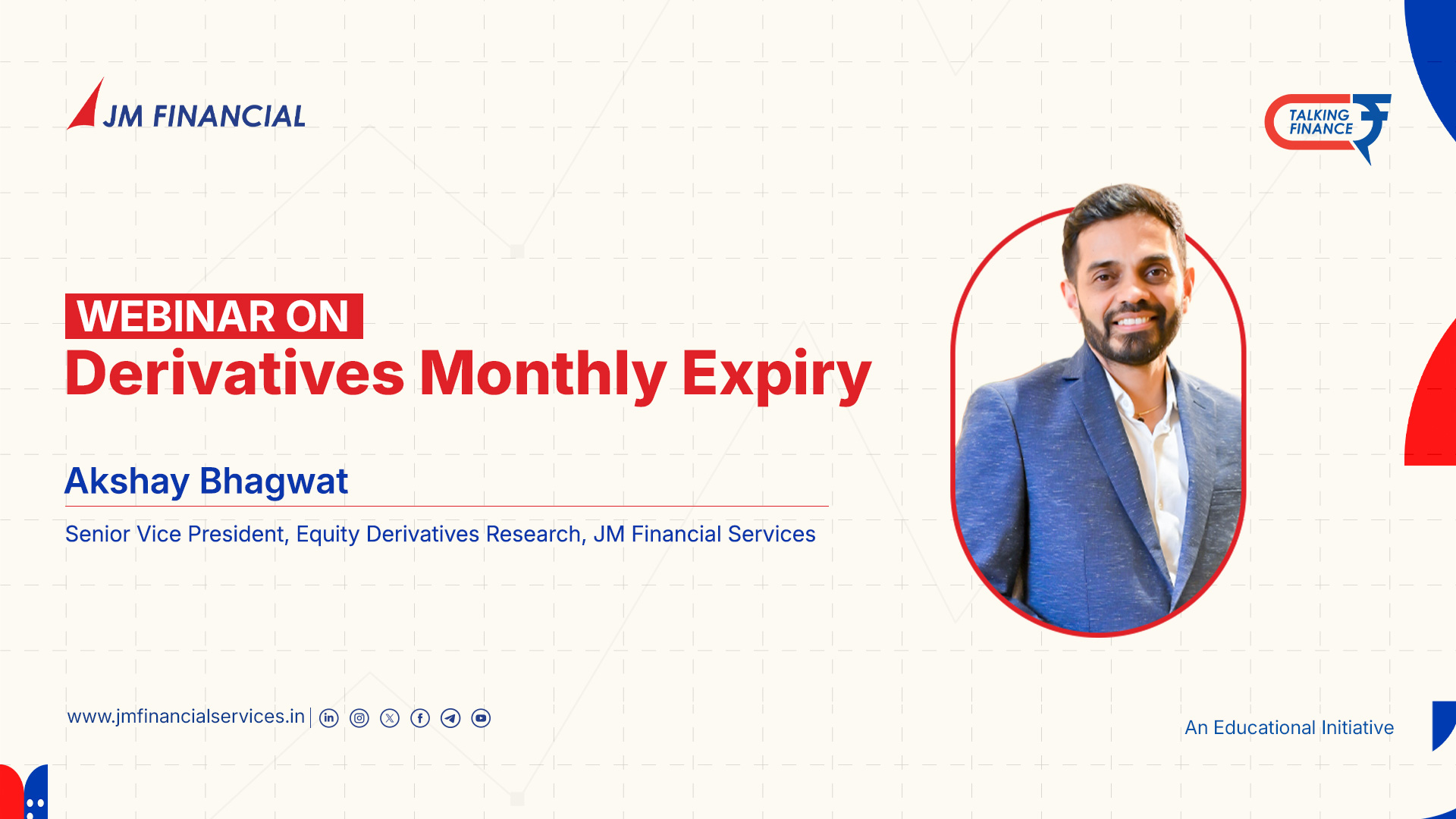What Is GIFT Nifty?
In the recent past, when investors wanted to know how the Indian stock market might perform before it opened, they looked at something called SGX Nifty. It was like a sneak peek into the mood of the market before the bell rang at 9:15 AM. But now, that sneak peek has a new name and home: GIFT Nifty.
If you’re wondering what GIFT Nifty is, how it works, and why it matters—this blog is for you.
What Was SGX Nifty?
Before we dive into GIFT Nifty, a quick history lesson. SGX Nifty was a derivative contract (basically a way to bet on the future value of the Nifty 50) traded on the Singapore Exchange (SGX). It let global investors take positions on the Indian market even before the Indian exchanges opened.
For years, traders and analysts looked at SGX Nifty in the early morning to get a sense of where the Indian markets might open.
What Is GIFT Nifty?
GIFT Nifty is basically the rebranded and relocated version of SGX Nifty.
It’s now being traded on the NSE International Exchange (NSE IX) in GIFT City (Gujarat International Finance Tec-City), India’s first international financial services center.
So, SGX Nifty didn’t disappear—it just moved back home and got a makeover.
Why Did This Happen?
Good question. There’s some background to this.
In 2018, the National Stock Exchange (NSE) of India and the Singapore Exchange had a bit of a disagreement. NSE didn’t want its indices (like Nifty 50) to be traded offshore anymore. It wanted to bring that activity back to India.
After a few years of negotiation, the two exchanges came up with a plan: transfer the SGX Nifty to India’s GIFT City and list it on NSE IX. It was a win-win. Global investors could still trade the Nifty, and India would benefit from the trading volume.
Thus, GIFT Nifty was born.
📍 What Is GIFT City?
GIFT City is a special financial zone near Gandhinagar, Gujarat. Think of it as India’s answer to places like Dubai International Financial Centre or London’s Canary Wharf.
It has relaxed rules for international investors, tax benefits, and is designed to become a global hub for finance and tech.
By moving Nifty trading to GIFT City, India hopes to attract more global money and boost its financial ecosystem.
🕰️ GIFT Nifty Trading Hours
One cool thing about GIFT Nifty is that it offers longer trading hours than the regular Indian market.
It’s open in two sessions:
- Session 1: 6:30 AM to 3:40 PM IST
- Session 2: 4:35 PM to 2:45 AM IST (next day)
This means you can trade GIFT Nifty nearly 20 hours a day—which is great for global investors who live in different time zones.
It also allows Indian traders to react to global events happening after the Indian market closes.
💼 What Can You Trade Under GIFT Nifty?
GIFT Nifty isn’t just one thing. Right now, it includes:
- GIFT Nifty 50 (based on India’s Nifty 50 index)
- GIFT Nifty Bank
- GIFT Nifty Financial Services
- GIFT Nifty IT
Each of these is a futures contract that tracks the value of its corresponding index.
So, if you’re a trader who follows sectors like banking or IT, GIFT Nifty gives you tools to take positions on them.
🌐 Who Trades GIFT Nifty?
Mostly foreign institutional investors (FIIs), hedge funds, and large traders use it right now. Since it’s traded on NSE IX, which is a part of the International Financial Services Centre (IFSC), it follows global trading standards and is USD-denominated.
However, more Indian brokers are starting to offer access to it, especially to high-net-worth individuals and active traders.
Why Does GIFT Nifty Matter to Indian Markets?
GIFT Nifty has become the new indicator of how the Indian market might open. Just like people used to say, “Check SGX Nifty before the bell”, now they say, “What’s GIFT Nifty doing?”
If GIFT Nifty is sharply up or down in the morning, chances are the Nifty 50 will move in the same direction when Indian markets open.
So, whether you’re a trader, investor, or just someone who likes watching the markets, GIFT Nifty helps you stay ahead.
✅ Pros of GIFT Nifty
- Longer Trading Hours: Helps react to global events in real time.
- Closer to Home: Keeps trading activity within India, boosting local exchanges.
- Dollar-Denominated: Great for foreign investors who don’t want to convert currency.
- Real-Time Market Insight: Useful indicator before Indian markets open.
⚠️ Things to Be Aware Of :-
- Limited Access (for now): Not every retail investor in India can trade GIFT Nifty easily yet.
- Requires Understanding Futures Trading: It’s not the same as buying shares. Futures have expiry dates and need active management.
- Volatility Can Be High: Especially during global events or earnings seasons.
📝 Final Thoughts :-
GIFT Nifty is a big step in India’s journey toward becoming a global financial player. By bringing back what used to be SGX Nifty and planting it in GIFT City, India is saying: “We’re ready for global finance.”
For traders and investors, this opens up exciting opportunities. You get more flexibility, more hours, and more insights into how the markets are moving.
Even if you don’t trade it directly, watching GIFT Nifty can help you make better decisions in the Indian stock market. It’s your early warning system for the trading day ahead.
So the next time you wake up and want to know how the markets might behave—don’t search for SGX Nifty. It’s GIFT Nifty now. And it's right here at home.
- PAN Card
- Cancelled Cheque
- Latest 6 month Bank Statement (Only for Derivatives Trading)





